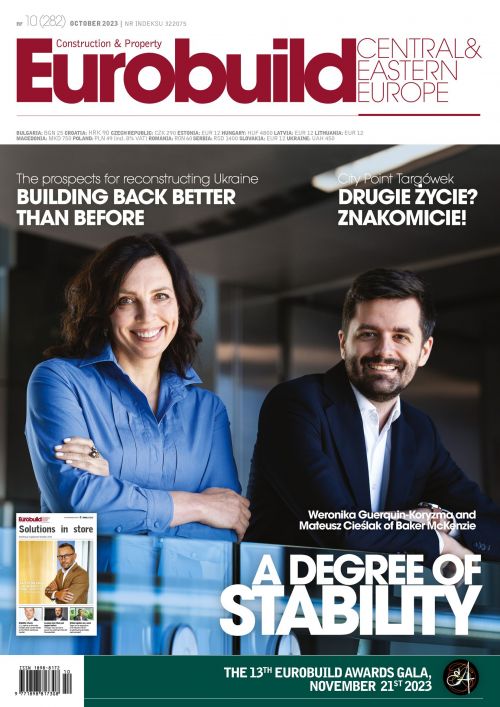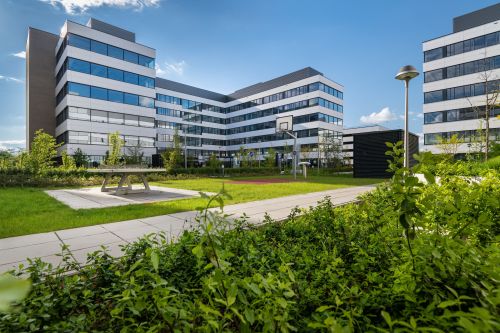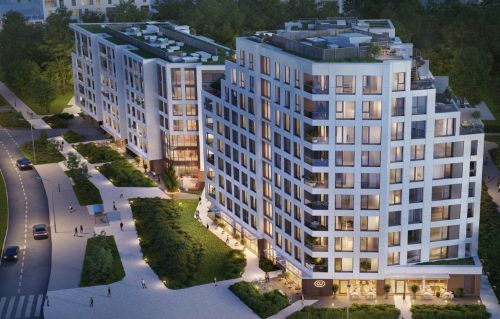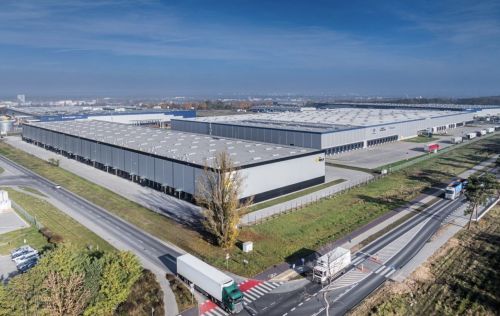In July this year, CBRE reported in its ‘CEE Office Occupier Sentiment Survey’ that 42 pct of companies operating in the CEE region had reduced their office space over the past three years. Staff reductions, due to, among other things, advances in automation, show that this trend is intensifying. Currently, in only 28 pct of companies does every employee have a desk all to themselves, and CBRE predicts that this ratio will drop to 5 pct in two years’ time. So how can we make sure that office space is best suited to the needs of employees, whose responsibilities and preferences may vary widely?
Just like at home
“The design trends for both classic and flexible offices are very similar,” believes Anna Dul, the leasing manager at Quickwork. “The most modern workspaces are characterised by their ergonomic design as well as the variety of workstations, meeting and video-conferencing rooms, quiet work areas, relaxation zones and kitchens. In flex proj






























































